Benefits of Flexible Graphite
Flexible graphite refers to natural graphite flake that has been expanded and then compressed. It is a material with the essential characteristics of graphite and complementary properties of flexibility and resilience, as well as an ability to compress and conform.
Graphite density of 1.12 g/cm3 is often typical of the processed material in the US, while a density of 1.0 g/cm3 is typical in Europe and is widely used for the majority of industrial gasket applications.
Characteristics of the flexible graphite can be custom-made for specific gasket applications simply by changing the density of the sheet ,
Effective seal ability is inherent in the flexible graphite by virtue of its conformability to the flange surfaces under load and once in place because of its low creep relaxation and stability under a wide range of compressive load/temperature conditions. Since the tensile strength of flexible graphite is significantly lower than that of binder containing products, a reinforcement material is used to improve handle ability of the flexible graphite for many applications.
Reinforcement could be either metallic or non-metallic material. There are many variables and options for consideration when selecting the gasket reinforcement and construction of flexible graphite gaskets.
Considerations for Reinforcements:
Non-metallic materials, such as fiberglass cloth and polyester film, can be used to produce the laminate or composite gasket material. The benefits of these inserts are chemical resistance and ease of cutting.
Metallic materials, such as stainless steels, carbon steels and other alloys, can be used to reinforce the laminate or composite gasket material. The insert material can be in the form of flat sheet (foil), woven wire screen (mesh), perforated foil or tanged steel sheet. Generally tang and wire screen inserts require higher compressive loads to achieve the same level of seal ability as the un-reinforced or flat metal laminates.
The benefits of these inserts are increased handling sturdiness and the metallic reinforcing layers can be selected to address specific chemical resistance requirements for special applications.
Flexible graphite gaskets can be composed of multiple layers of flexible graphite sheet and reinforcements, in order to achieve the desired thickness or application requirements. Adhesive is used to bond polyester to flexible graphite. The polyester film itself, is the non-metallic reinforcement. Joining the materials occurs by applying a double-sided adhesive polyester tape to the flexible graphite. This bonding technique provides enhanced tensile strength and toughness for handling robustness. Plastic layers can also be thermally bonded by heating the thermoplastic material to its softening point and adhering the softened material directly to the flexible graphite. Chemical Bonding is used to join metallic reinforcements to the flexible graphite. The use of thermally activated contact adhesives is an effective method of construction that minimizes the glue layer thickness. The benefit of this technique is improved gasket
Tanging is a process of perforating the metal reinforcement and creating tangs (pegged) in the metal. The finished laminate is then made by clinching the flexible graphite facing material onto the tanged metal. One benefit of this technique is high sheer strength between layers which provides enhanced blowout resistance. Another benefit is the absence of adhesive, which eliminates related concerns of creep relaxation and outgassing of the adhesive layer, chemical compatibility and process contamination. When using metal wire mesh the flexible graphite sheet is bonded to the mesh with adhesives.
Feature Of Natural Graphite
- Excellent thermal conductivity.
- Lightweight: Specific gravity: 0.85 to 1.6 g/cm3.
- Low thermal resistance.
- Low heat resistance with flexible Graphite sheet.
Application:
Flexible graphite products function as both a passive heat spreader and heat shield. These products offer a variety of in-plane thermal conductivity solutions.
The flexible graphite materials can be die-cut, or laminated with plastics and/or adhesives
Uses of graphite:
Widely used in metallurgical industry as refractories.
Widely used in the electronics industry as the electrode conductive material.
Water-resistant lubricating material.
Used in a centrifugal pump and other equipment.
Used in an industrial furnace.
- Petrochemical industry
- Automobile industry
- Mechanical engineering
- Semiconductor industry
- Photovoltaic power generation
Applications:
Suitable for hot water, high temperature, high pressure steam, hydrogen, ammonia, hydrocarbon, compound, ultra-low temperature liquid.
Industries: petroleum, chemical, machinery, metallurgy, electric power sealing, shipbuilding and pipelines, valves, pumps, flange joints such as pressure vessels, condensers, towers, manholes, hand holes, etc.
Benefits of UKL graphite:
- Provides excellent adaptability to any sealing surface.
- Seals irregular flanges.
- Conforms easily.
- Stable physical properties over the whole temperature range

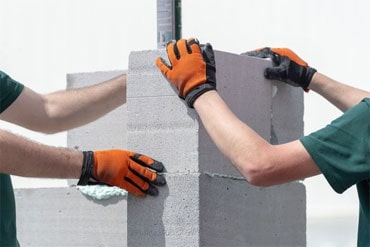 Aerated Concrete Block Industry
Aerated Concrete Block Industry  Brewery Industry
Brewery Industry  Captive Cogen Industry
Captive Cogen Industry 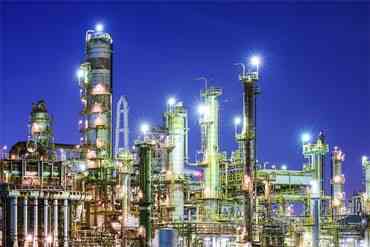 Chemical Industry
Chemical Industry  Dairy Industry
Dairy Industry 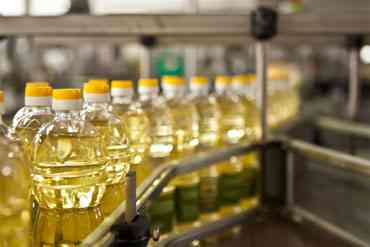 Edible Oil Industry
Edible Oil Industry 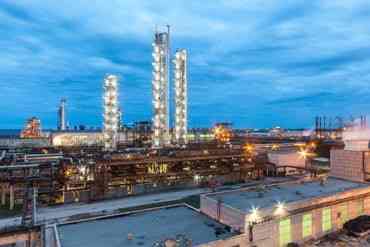 Fertilizer Industry
Fertilizer Industry  Hotel Industry
Hotel Industry 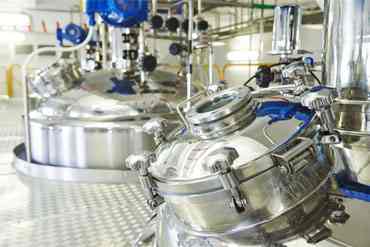 Pharma Industry
Pharma Industry 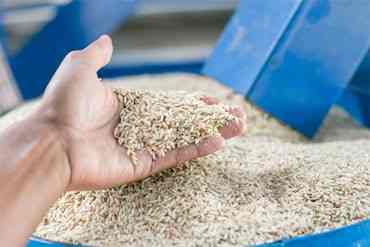 Rice Industry
Rice Industry 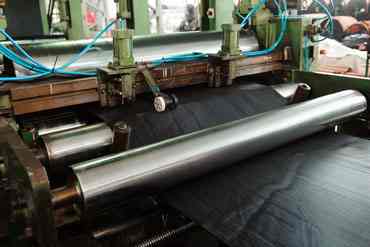 Rubber Industry
Rubber Industry 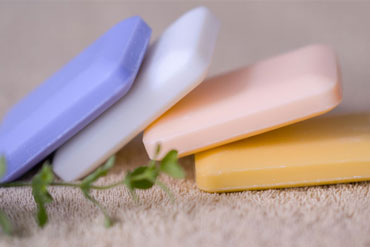 Soap Industry
Soap Industry 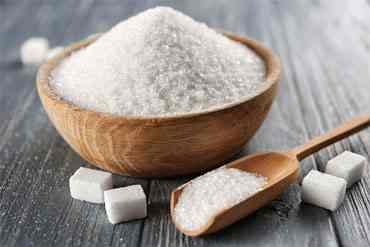 Sugar Industry
Sugar Industry 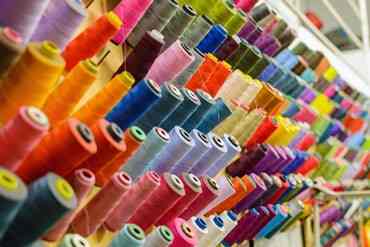 Textile Industry
Textile Industry 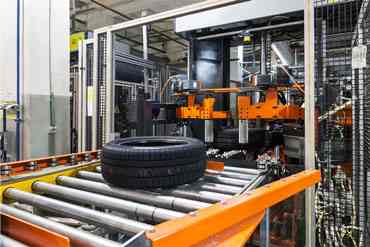 Tyre Industry
Tyre Industry